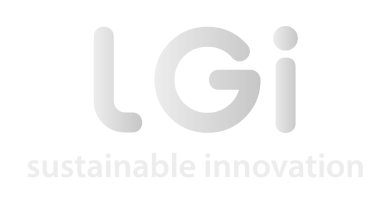Waste that goes unused is a missed opportunity to respect our planet’s boundaries. The Pulp and Paper Industry (PPI) produces 11 million tonnes of it yearly. New recycling practices and methods attempting to use derivates produced by the industry are being developed to address the issue of waste that goes to waste.
Making our economy more circular
Resources are finite, meaning that it is becoming increasingly important to reduce unused waste on our planet. Based on the circular economy concept of using waste material as a valuable source for other applications, the PPI is finding ways to tackle this. As a part of LGI’s collaboration with the PaperChain project, we’ve supported the PPI to shift away from unsustainable practices by developing new business models focusing on circularity.
LGI carried out a detailed analysis of the circular approaches to help organisations in developing new business models. We’ve helped the industry give waste a new life by giving derivatives from the PPI new uses in order to limit the extraction of raw materials and the production of more waste.
Together with our 19 partners, we applied this to five circular cases in different sectors to demonstrate how paper waste could be valuable to other industry applications. One case study is below.


From landfill to landslide stabilisation: Making roads from paper (Slovenian case study)
One of the many ways the PPI is putting waste to good use is in the railway sector. Starting off at VIPAP, the Slovenian paper producer, the waste makes its way to the railway operator, Slovenian Railway, in order to produce a composite material for slope stabilisation.
How? Sludge from the de-inking process of recycling fibres and ash from recovered paper waste is used for the rehabilitation and slope stabilisation of landslides in railway lines. Combined, these materials create a new backfill which replaces gravel material avoiding landfilling. In this way, the non-hazardous waste of paper production has a new valuable purpose, reducing environmental damage.
The market is promising
In this case study, we found that where there is a threat of landslides, there is market potential. The new method for landslide stabilisation could be replicated in Austria, Switzerland, Italy, France, Spain, Norway and the Balkan countries, being implemented not only to rehabilitate railways but also road infrastructure.
There are also economic, ecological and social benefits to adopting circular economic models for the use of new material composites, DPA (Deinking Paper Ash) and DPS (Deinking Paper Sludge), for slope stabilisation. The use of recycled materials preserves natural resources, and carbon emissions during construction are significantly lower with new modes of production.
The route to waste-free practises
As this case study shows, both waste itself and the cost of disposal of waste for PPI companies can be reduced, with the fate of paper waste no longer ending up in a landfill. It’s a win-win for the environment AND the economy. In order for other industries to adopt more sustainable practices, new circular economy business models like this one need to be developed. Contact us if you’d like to explore what circular business models might look like for your organisation.

Jasmine Nicoletti
Dissemination Officer
Meet me on LinkedIn
The views and opinions expressed in this blog post are solely those of the original author(s) and/or contributor(s). These views and opinions do not necessarily represent those of LGI or the totality of its staff.




FOLLOW US